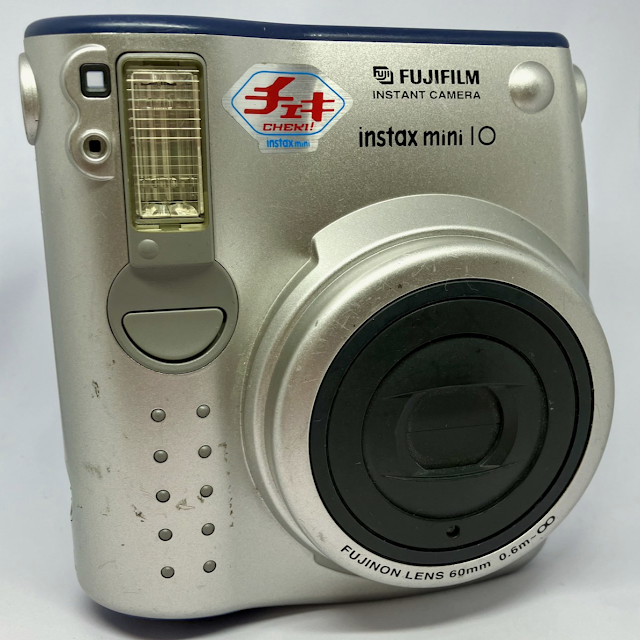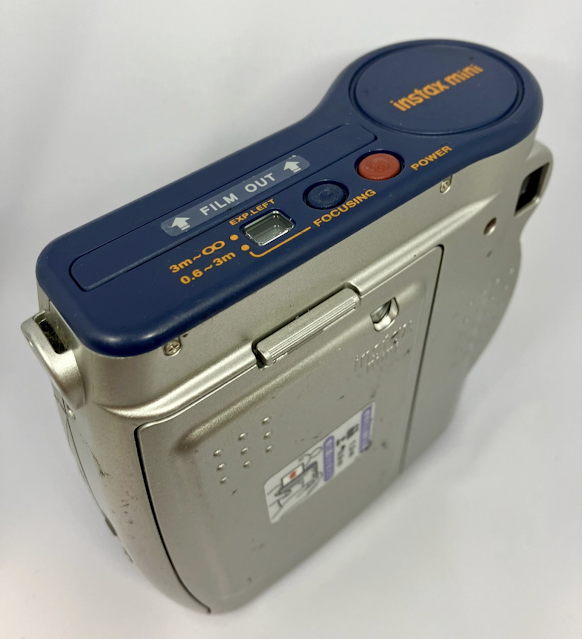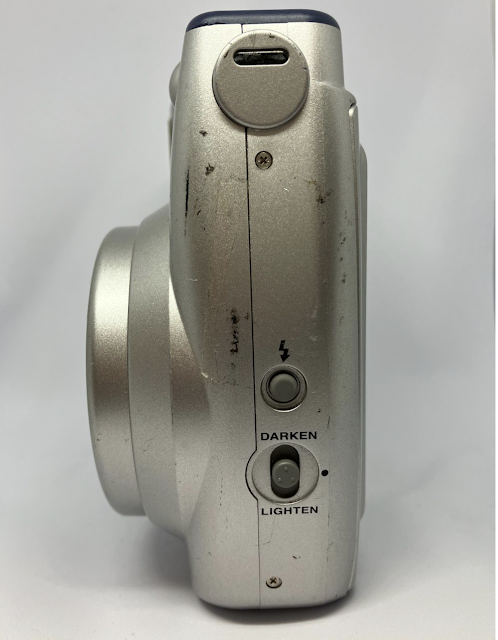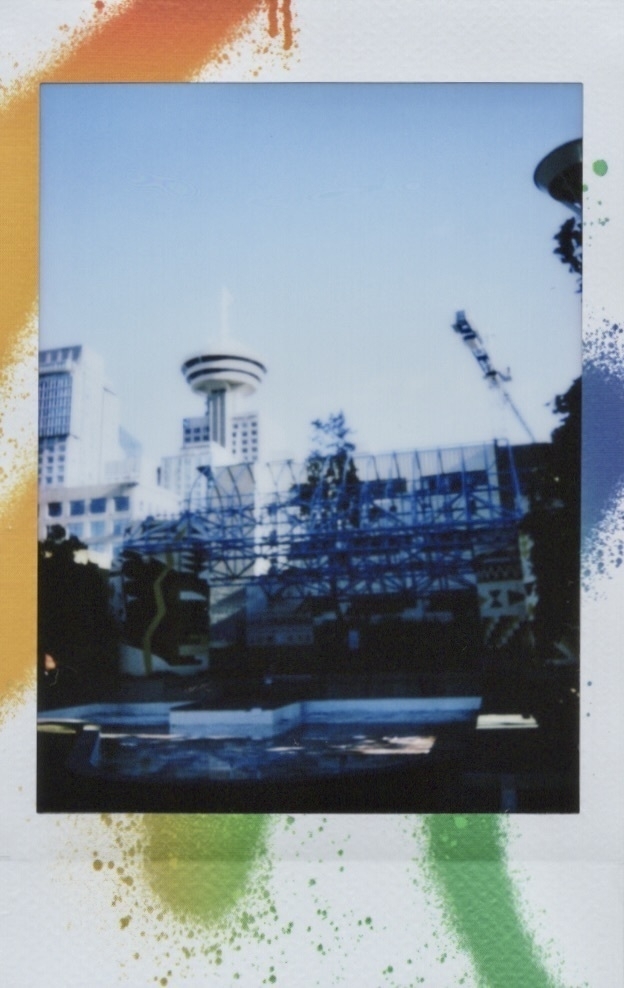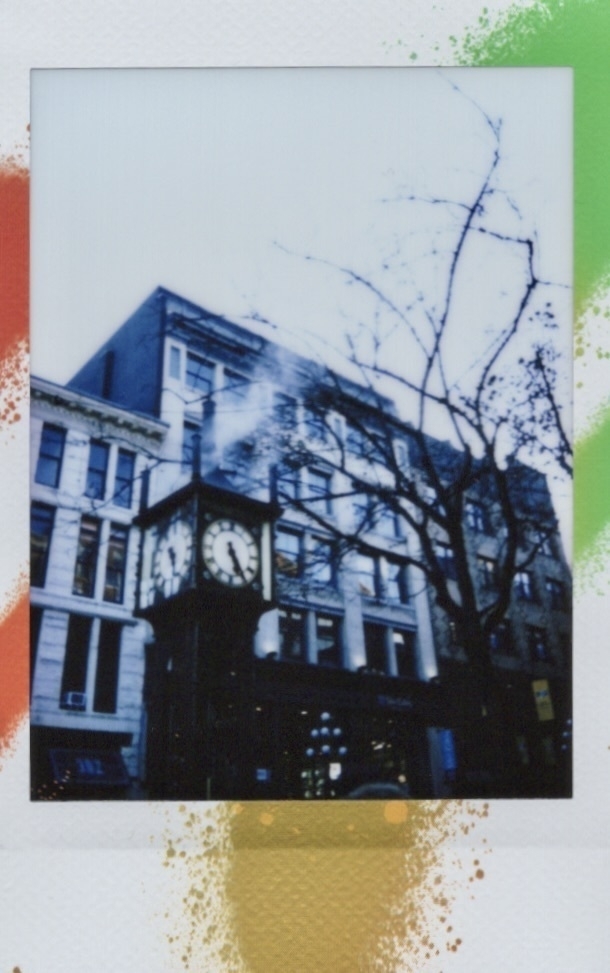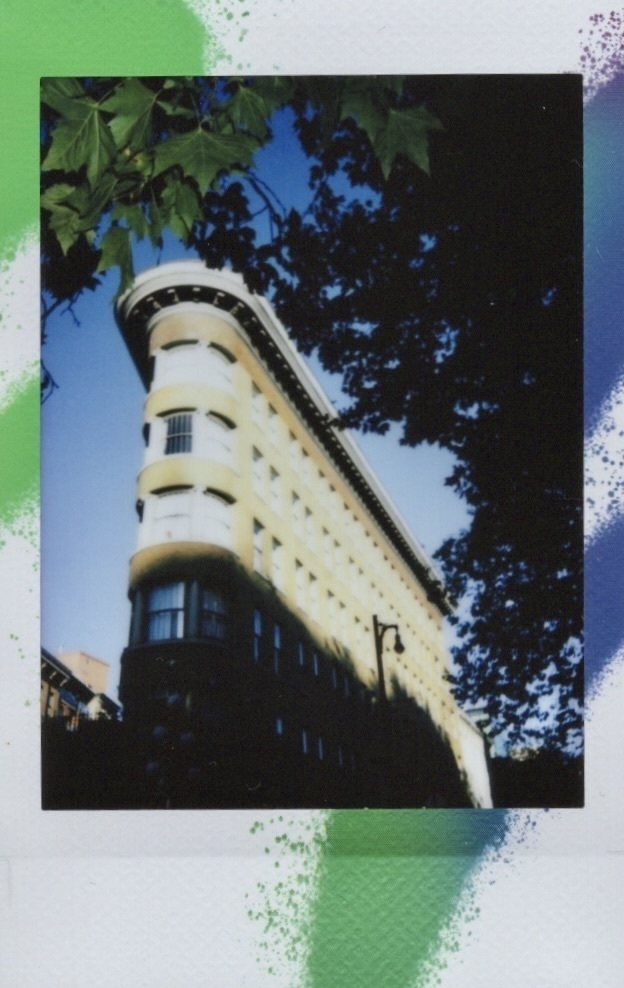-
Music
,Nostalgia
,Gadgets
,Japan
The 8mm CD Singles Project🎶
Thursday July 25, 2024Two years ago, I purchased an assortment of over 600 CDs from an auction site in the middle of the night. All mini CDs. Remember those? The little 8mm (or 3 inch) CDs often used in the states for promotional material. The reason CD trays have that smaller indent slot in the middle. Think GameCube discs. Well, in Japan, they were used for CD singles. Since moving to Japan and building a media library, I’ve come to like singles. Case in point, I have every Perfume CD available, full albums or singles, totaling at least 50 discs or so.
I bought this box blind, having very little knowledge of Japanese pop music. But for ¥9,100 ($60 these days), I’d be introduced to over 1,200 new songs. You can’t beat that. Of course, I didn’t discuss the purchase with my wife. Ask for forgiveness instead of permission, right?
Since then, I’ve been off and on widdling my way through the collection. To complete the nostalgia trip, I even purchased the same portable CD player I used in high school.
The current workflow is this: Open a chu-hai. Thrown on the headphones. Grab a stack of mini CDs. Play track one. If it’s intriguing, listen through to track two. If pleasant enough, import it into iTunes for syncing to my phone or iPod. Of course, skip track three, which is the instrumental used for karaoke purposes. Through this experience, I’ve come to find a lot of enjoyable pop. Think late 90s, early Y2K vibes. But the hits are few and far between. I keep maybe 1 out of every 5 or 7 CDs I listen to. Still, much more interesting than streaming.
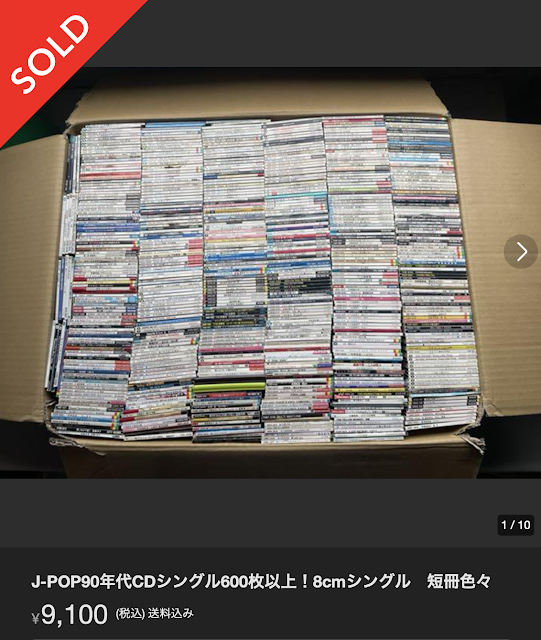
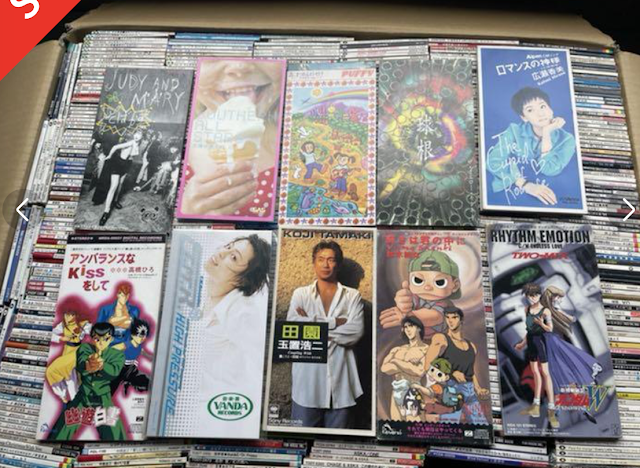
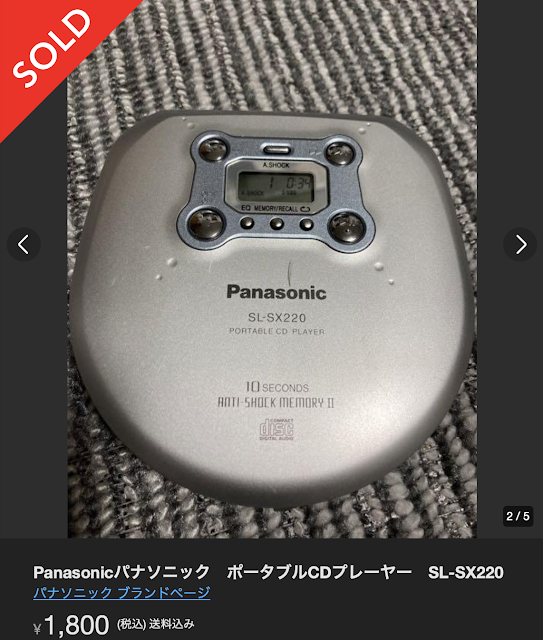
-
Nostalgia
,Gadgets
The fourth gen iPod
Saturday July 20, 2024This was the iPod that hit critical mass. The one where Windows users came on board. Firewire was no longer a hurdle, and the once too-high sticker price shock had become accepted. When I think of an iPod in an iconographic sense, I think of this device.
This wasn’t my first ever Apple music player, that distinction going to the iPod mini, but this does share the same UI/UX of that device. I appreciate the monochromatic screen which is easily visible in daylight. The clickwheel has been tuned to perfection, letting you perform all navigational tasks without lifting your thumb. The hold switch is satisfying and the headphone jack at the top makes sense for the way I slide devices into my pockets.
My current 4th gen iPod has been modified. The clicky-clacky hard drive was past its expiration date, and I replaced it with the common flash solution. The result is an incredibly light device (almost too light?), which is also entirely silent and zippier when shuffling. The hand-feel is sublime; the device entices you to pick it up and play with it. Shuffle by album is here. Its easy-to-modify nature makes it a prime choice for anyone looking to jump into the hobby (or sickness).
There are a few caveats. Using sensitive IEMs, I do get quite a bit of hiss and noise. This may be due to the condition of the device. This may be a byproduct of my particular pair of IEMS paired with this device. For me, it’s just not an everyday, any-situation choice. There is no gapless playback, which is essentially a dealbreaker for me, unless I’m shuffling my entire library.
For me, the 4th generation iPod is not an everyday carry. It’s just big enough to be inconvenient. I don’t need my entire library with me at all times. However, it is my preferred mass-storage iPod. I think it’s especially at home in an iPod hi-fi or my new Be@rbick speaker dock. And that’s where it’ll likely remain.

-
Music
,Nostalgia
,Gadgets
THE BE@RBRICK IPOD DOCK
Tuesday July 16, 2024I couldn’t help myself, but can you blame me? Sure, it was another late-night Mercari browsing session. Yes, I searched ‘iPod’, sorting by newly listed, looking for something to catch my eye. No, I don’t need another iPod dock. Yeah, I knew the speakers would be sub-par. Of course I outgrew my Medicom phase years ago. But… But… This one was sealed!
For ¥10,000 new, in box, shipped, I had to jump on it. Glad to say everything was in perfect working order. The tiny speakers are located in the ears, which sound as chintzy as you expect (audio sample at the end of the bottom-located video). The fact that you have to rout the audio from the dock into the Bearbrick via the 3.5mm jack is a bit less than elegant. Although, once people got rid of their iPods, they could have connected any other device via this jack. But of course, bluetooth speakers were becoming the norm at around the same point.
I wish it wasn’t so dang shiny. I guess I could swap in another Bearbrick and forego the speaker functionality and just use it as a dock, but I’ll probably just keep it as is, just the same. It is practical, in that it’ll keep your iPod charged. I’m thinking of getting an old Mac Mini to use as a dedicated iTunes music repository and iPod sync-er. Since this has USB out, it should be able to sync as well. This Be@rbrick perched on top of a 2009 Mac Mini would be era-appropriate.

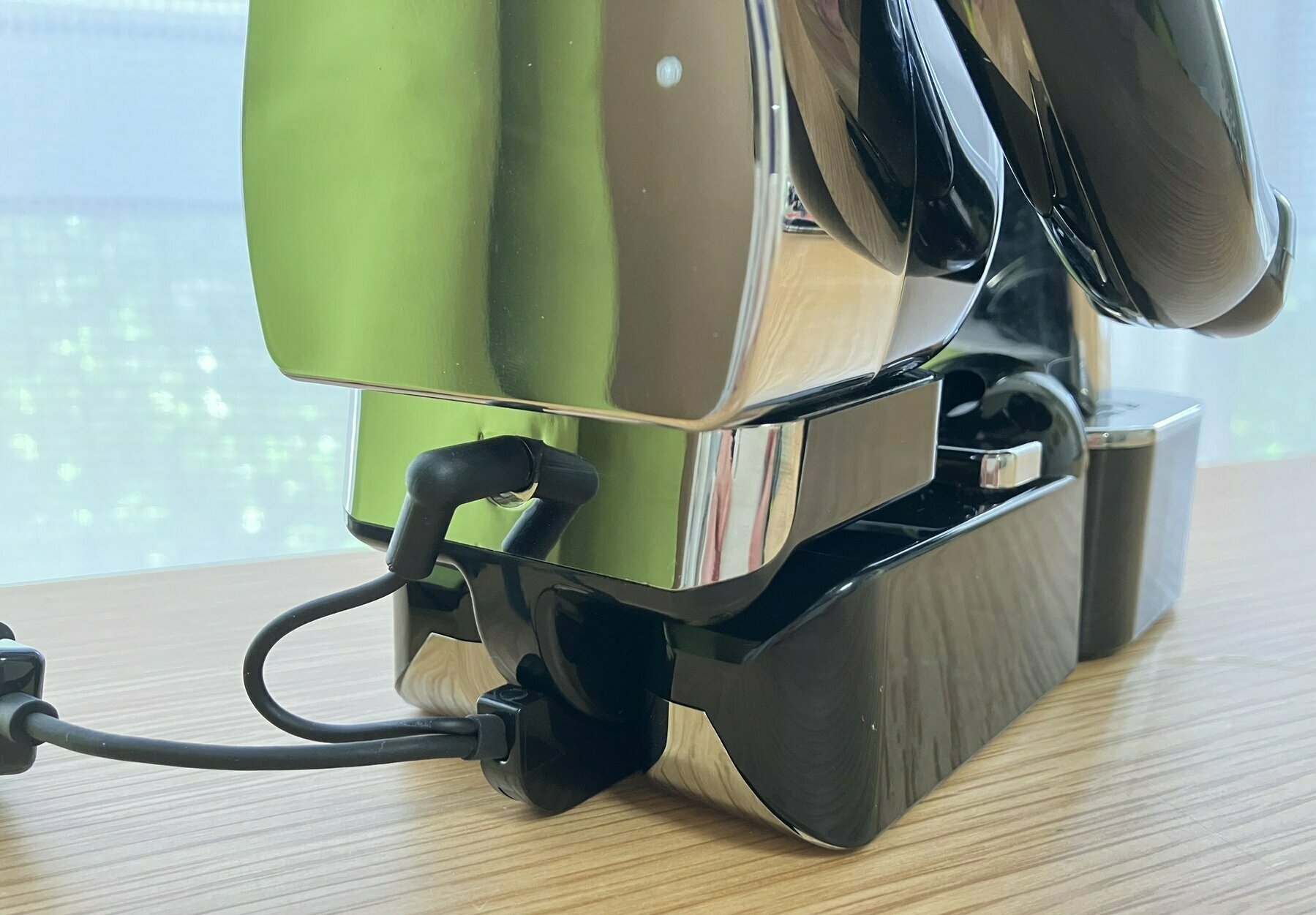
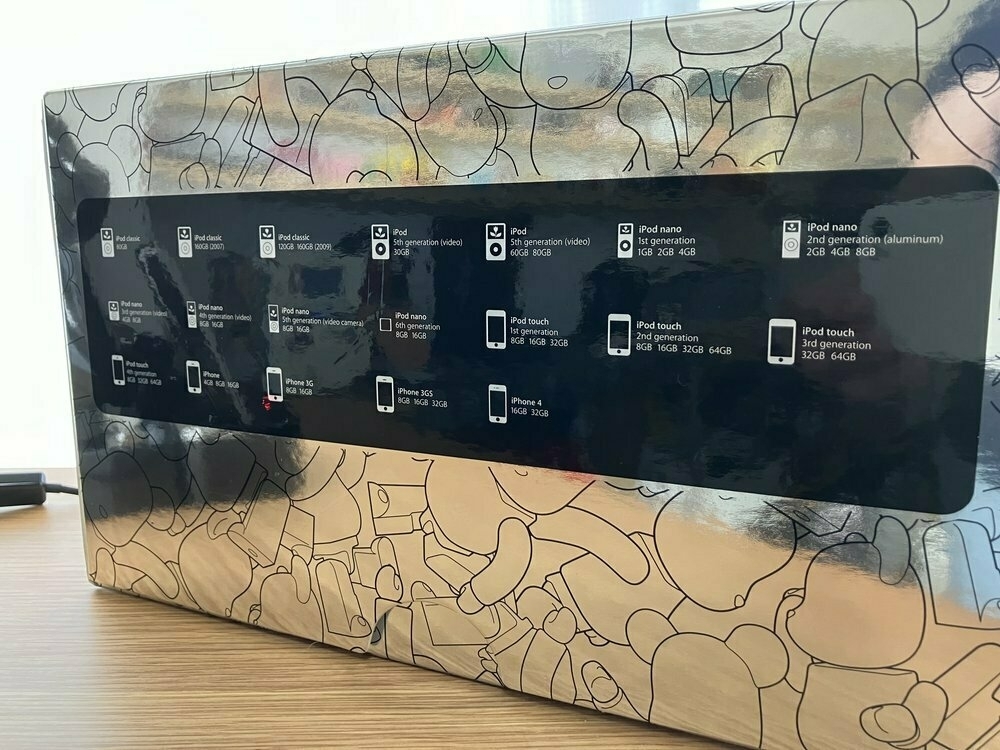
-
Nostalgia
,Gadgets
The third gen iPod nano
Sunday July 14, 2024Like the nano 1st gen I wrote about earlier, this was another iPod from my past. Also, it was my immediate upgrade from my 1st gen, so I thought it only fitting to take this one out for a spin next. Another Mercari find for under ¥1,000 or so. Another instance where the seller had no idea if it worked or not. Another bet that paid off.
This silver 4GB iPod nano 3rd gen may actually be the same model I bought, if I remember correctly. Unlike in my last story, this time, I was the one with the disposable income. Well, probably not very disposable, but it at least released on a payday. In fact, the Friday it hit stores, I took the bus straight from work to the Michigan Ave Apple store. Sure, it’s celebrating consumerism and hype, but buying Apple products on launch day felt like something special.
Then came a long bus ride home. I didn’t dare take out my new treasure, as the commute happened through some of Chicago’s sketchiest areas. Is this irony?
I love the squat look of this device. Like the original iPod in chibi form. Or, like an icon of an iPod. Funnily enough, I don’t like the full-size video iPods; I find the large screens to appear top-heavy. But with the minuscule nano, it works.
I can’t help but compare this design to the 1st gen nano. Where I may prefer the simplicity of the earlier form and UI, I admit, the features of the 3rd gen are cool as heck.
First of all, video in such a minuscule device was (and still is) an extremely neat trick.
Coverflow rewards us fastidious meta-data taggers and album artwork uploaders. Finally.
Gapless playback is here, so this makes it a go-to for straight-through album listens. Shuffling by album is also possible. These devices are limited in size, as all nanos are. My solution is a handy ‘random full albums to playlist’ script from DougScripts.com. I begin every month with a random selection of albums, totaling the number of days in that month. 31 albums in January, 28 albums in February. Yeah, I have a system for most everything.
Where this model falls short for me is in the walk-and-listen operation. While the screen is larger, navigating the flashier menu isn’t as lightning-quick as the old list-based UI. Also, I find the scroll wheel to be not as responsive, but that may just be a product of the poor condition of this particular device.
As this is the most pocketable and cute iPod, it would be perfect if the old interface was available. Somewhere in Cupertino lies a prototype of a 1st/3rd gen hybrid I really want. Still, this model will stay in my iPod quiver, as long as the battery holds up…

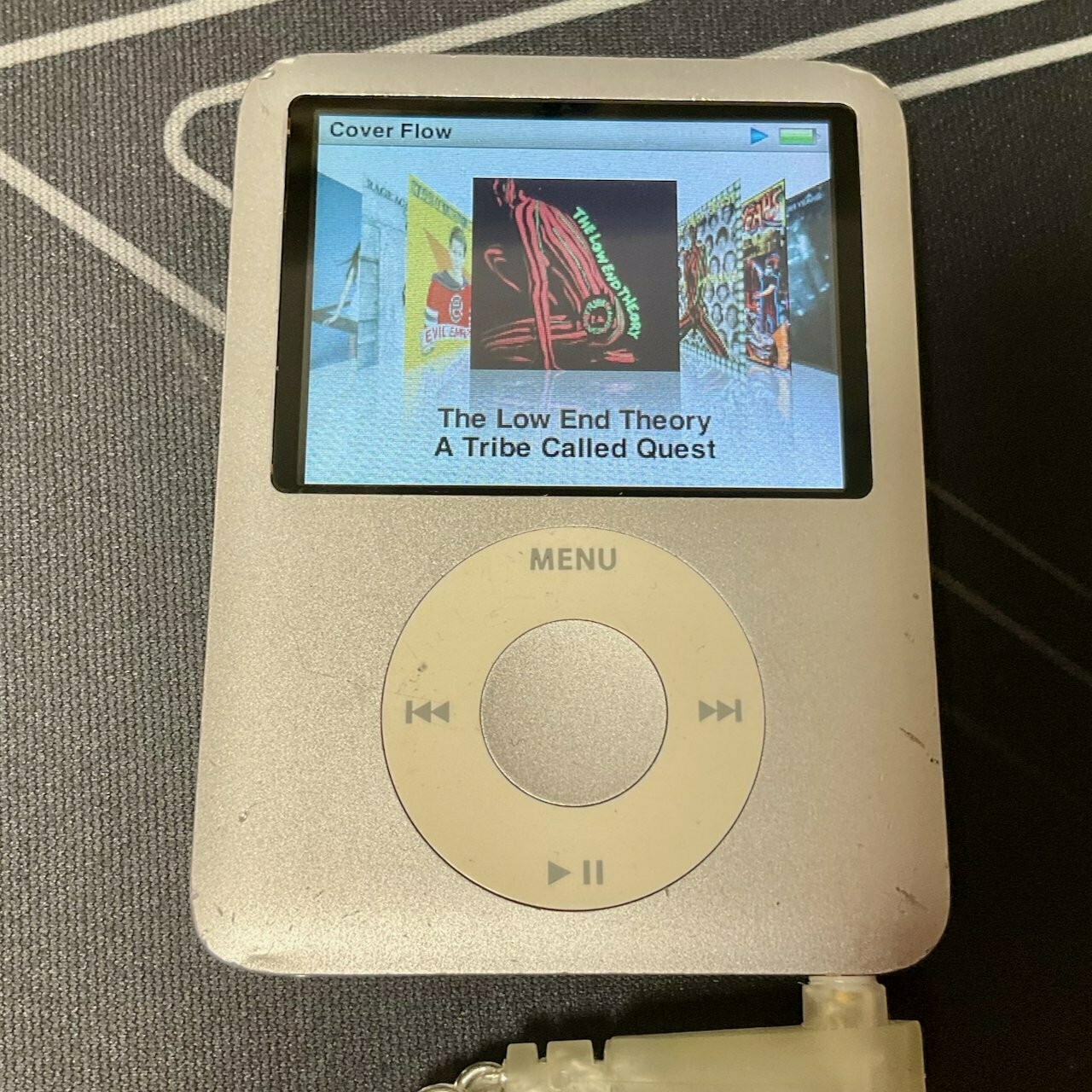

-
Nostalgia
,Gadgets
The first gen iPod nano
Friday July 12, 2024It was a Saturday afternoon in 2005. I was having lunch with my mother and aunt at a Guatemalan restaurant. My cousin, about 5 years my senior, came to pick up his mother. He brandished his newest toy, the iPod nano that was just announced and released earlier that week (Tuesdays, wasn’t it?). I, being a poor student, had no means to purchase such a device, so I could simply gawk.
I had an iPod mini, which I loved. But while the mini was fun, the nano was totally mature. Insanely thin, sleek, and mature. Looking back, it may have been the device that was the turning point for the modern design we’re used to today.
I’ve spent the past two weeks with a 2gb white nano I scored off Mercari (had to be under ¥2,000 or so). Thankfully, the battery still holds a decent charge, and the screen hasn’t succumbed to the black spot of death caused by swelling batteries. I was able to take it for a spin, pairing it with different headphones and enjoying various brews.
This may be my favorite iPod to hold…? It’s like a chocolate bar, in that it’s long yet perfectly balanced. When cupped in the hand, the wheel sits center, allowing you to confidently scroll. The screen is bright, with the text sharp and clear, still legible through the butter-soft screen, which was prone to scratches. The UI is simple and perfect; no split-screen album views here, just fast access to your tunes. It’s delightfully minimal, perhaps the most of any iPod (sans shuffles).
Pairing large cupped headphones with the device felt a bit silly. A long, thick cable plug leaves the nano feeling like an afterthought. Of course, the nano was right at home with the original trademark white buds, but my IEMs also fit the bill.
It passes the ‘shuffle by albums’ test. I listen to my digital collection exclusively by albums in their entirety, so this feature is key for me. Believe it or not, not every iPod supports this.
But the dealbreaker comes in the lack of gapless playback ability. So, when listening to Madlib’s Shades of Blue, there is a slight pause between tracks. If this doesn’t phase you, have at it, but it’s a no-go for me.
Which is a real shame because otherwise, I’m in love with this device. Yes, the small storage limits how many albums you can carry with you (I roll with 20 or so), but I consider that restraint a feature. It’s thin and light enough to forget you have it when it’s in a small bag (although you better remember the earphones).
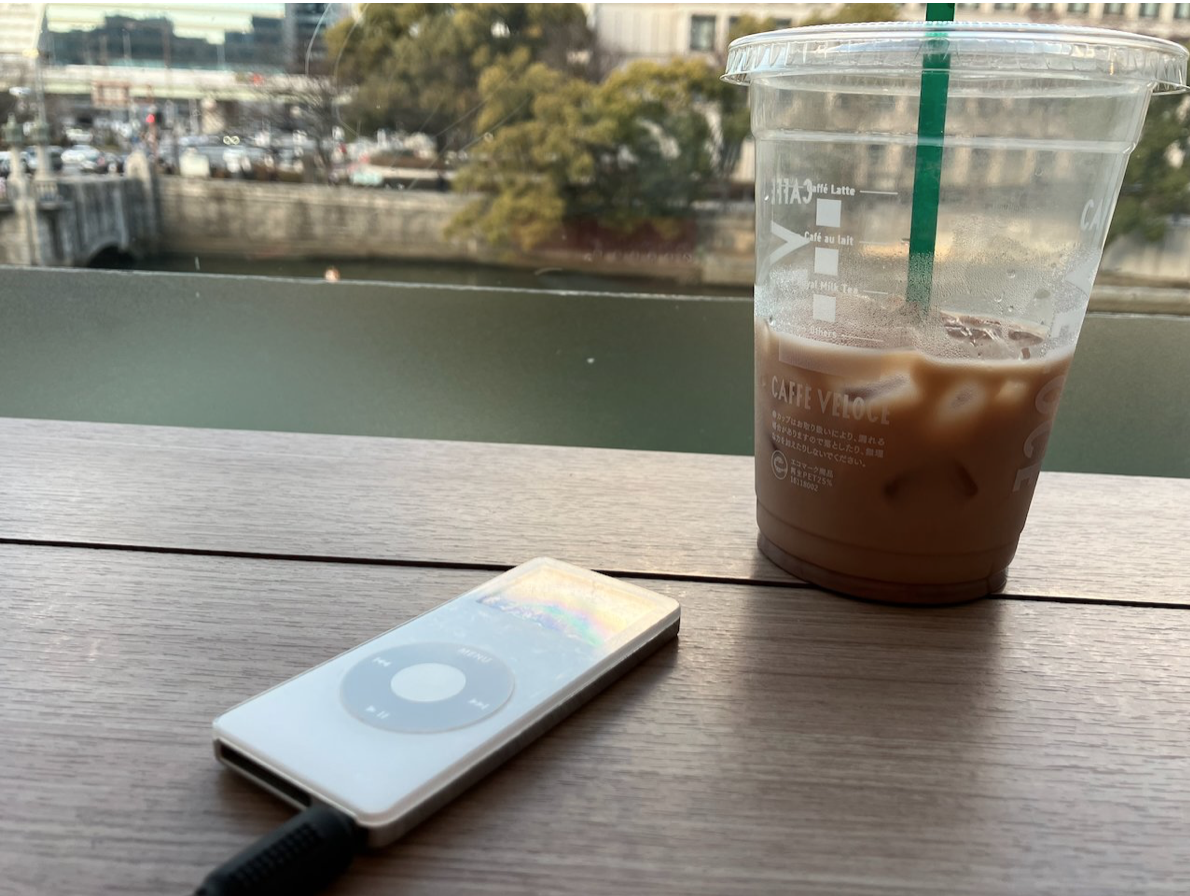
-
Photography
,Gadgets
,Japan
My favorite camera I can't really use
Thursday July 11, 2024Last summer, I became infatuated with 110 film. Actually, I came to it by stumbling across some interesting compact used cameras on Mercari. After a bit of research, I learned that Lomography still produces the easy-to-use format. I first dipped my toe with a couple of random, cheap, used point-and-shoots. Then I discovered the beauty that is the Pentax auto 110, the smallest-ever SLR exchangeable lens camera. I managed to snag an untested one for a decent price online and loaded up on a few different film stocks.
It was my first SLR and was a joy to use. Yes, it’s tiny, meaning you kind of smother the camera while holding it. It did get quite the reaction at the photo session I took it to…
I guess I should explain: In Japan, there are these group photo sessions where hobby photographers pay to photograph cute girls in varying degrees of undress. I opted for a tasteful, cute, clothed session, which took place in Akihabara. You pay an upfront fee and can shoot for the entire session (hours and hours, but I ran out of film fairly quickly). Young ladies take turns posing in front of different themed backdrops for you. It was far less creepy than I thought it would be. More like a car show than anything too salacious. Of course, there are also different providers that feature adult video actresses, but this is where my wife draws the line. Haha. Posting those photos online is against the rules, however. Anyway, the point I was getting at was that all the models thought my camera was super cute. A good ice-breaker.
Even though the extra lenses are tiny, I didn’t like having to decide whether to bring them all or not. I’m much too fiddly for something like that. The new 110 camera from Lomography seems right up my alley. Alas, the only thing holding me back is my inability to find a satisfactory film developer. You think living in Japan would make this easy, but many shops don’t have the necessary equipment. One shop I did take it to returned crummy scans. I ended up using an iPhone app to rescan myself, with mixed results. I found a better scanning shop, but they cropped out the border. Like Polaroid, I think the Lomography 110 border is a bit of the charm. Otherwise, you just have a tiny, grainy photo.
I have fun using the camera. I appreciate how easy the film is to load. I want the new camera. It’s the developing that has me hung up.
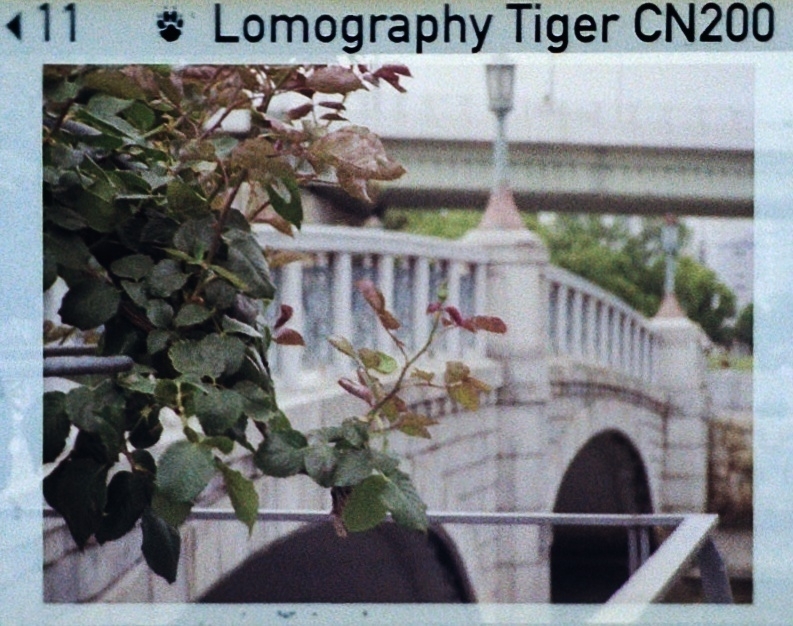
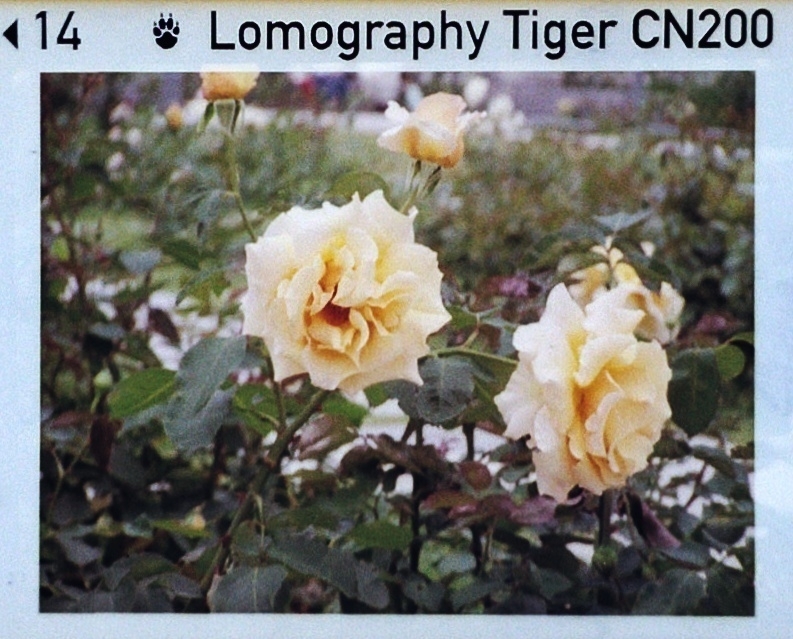
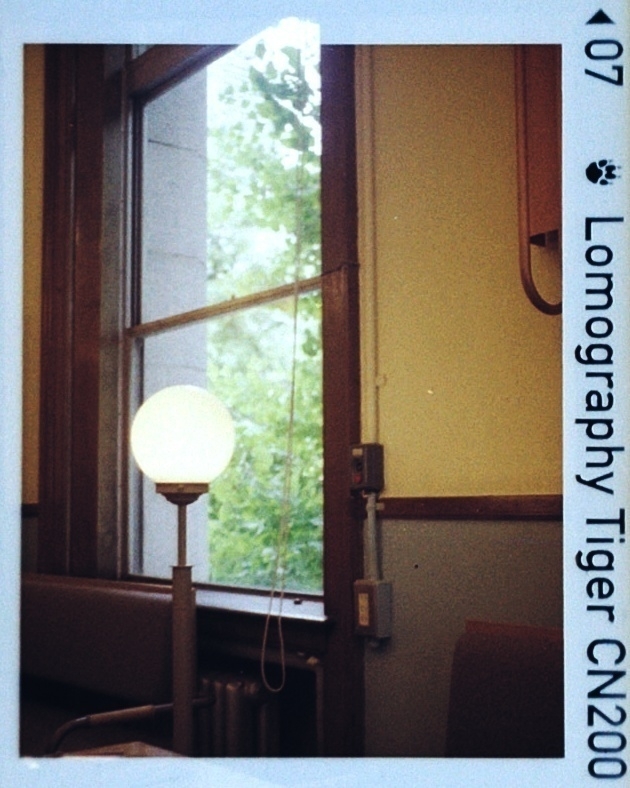
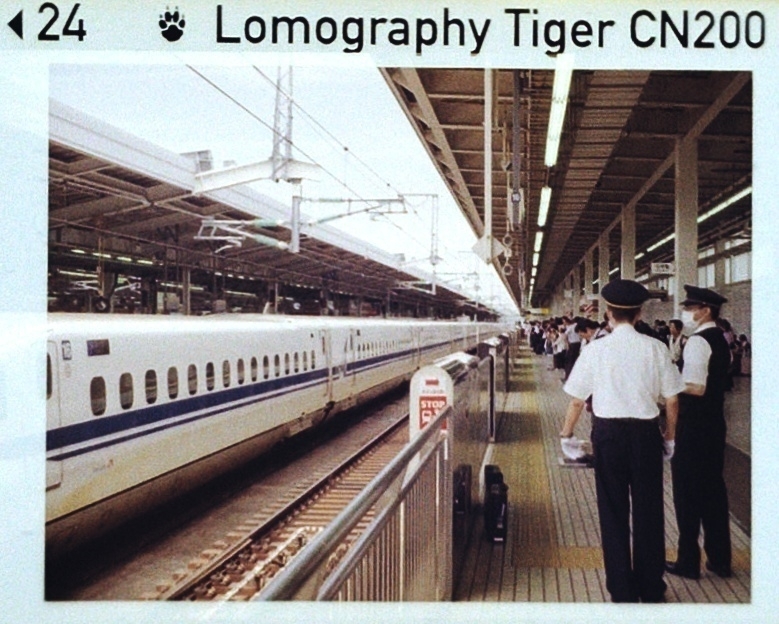

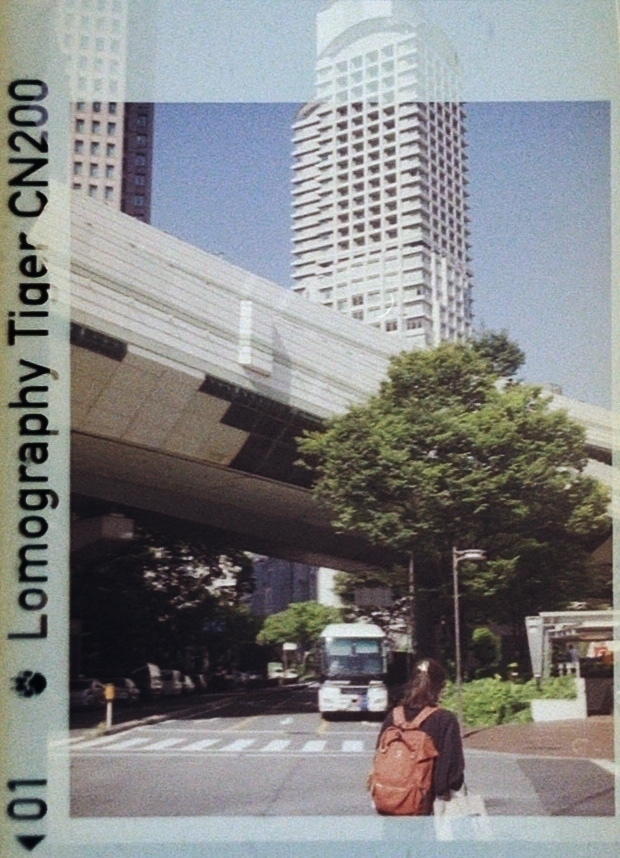

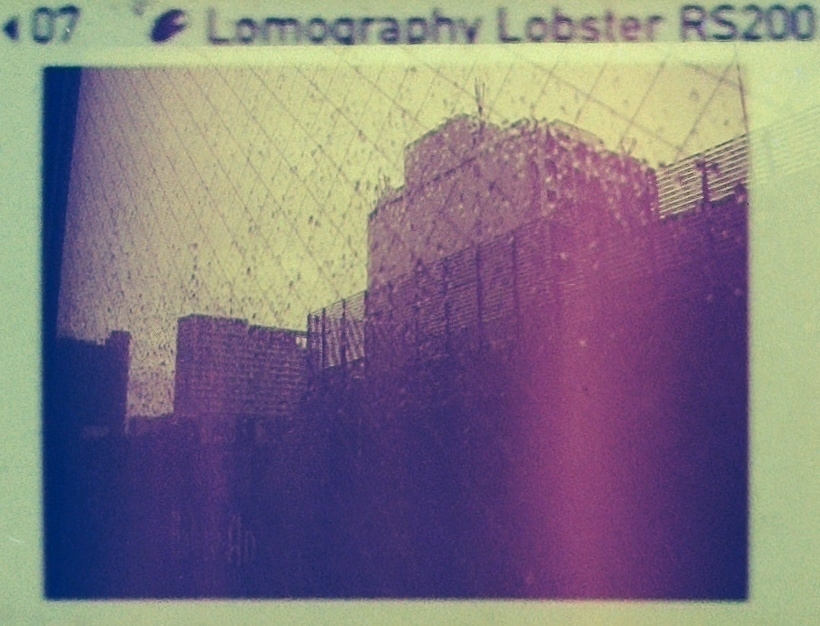

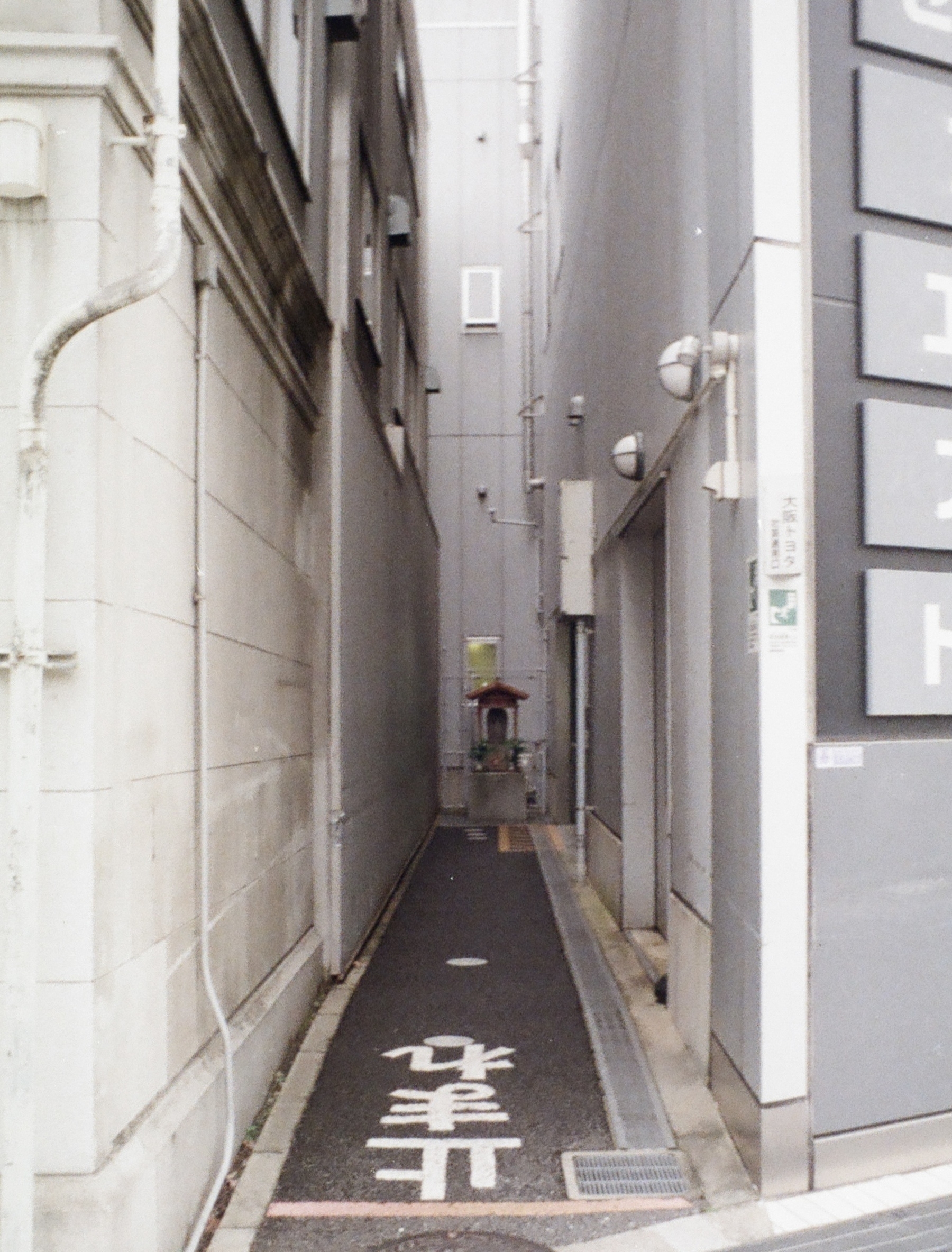
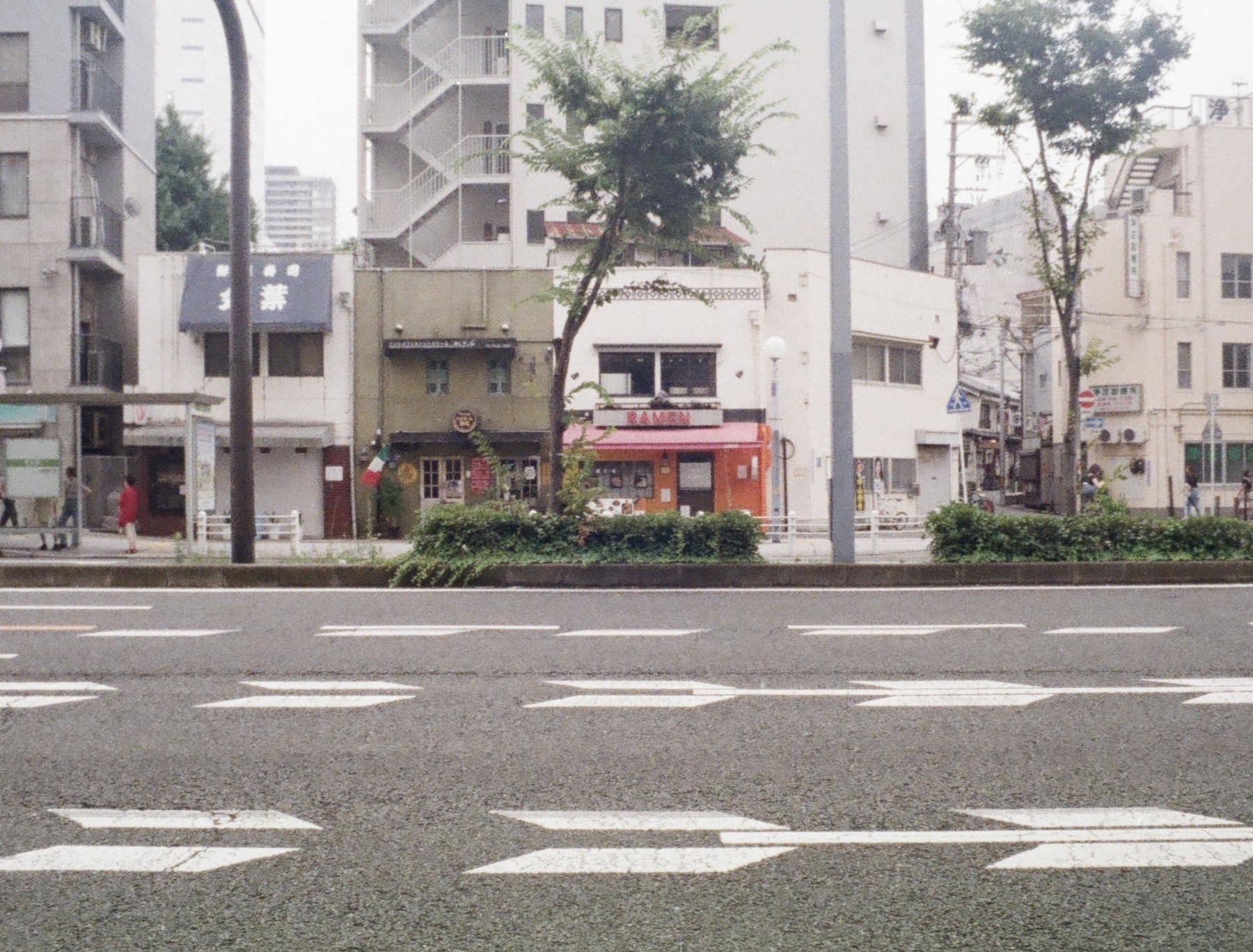

-
Photography
,Gadgets
,Travel
The Fujifilm Instax Mini 10 and Vancouver
Wednesday July 10, 2024My journey into the instant film world began with the Instax Mini 11, which I purchased a few years ago. Its low price point made dipping into the hoppy fairly risk-free. The instant film world is divided into two camps: the Fujifilm Instax series and the Polaroid Modern series. While both offer a similar quick-to-develop photo experience, their respective film types are incompatible. The simplest way to explain the difference is that Instax is cheaper, with reliable and predictable results, while Polaroid is more expensive finicky, yet sometimes spectacular and infinitely more iconic. But as a newbie, I think Instax is the way to go, with cameras and film much more readily available.
The problem lies in the modern cameras. Both companies seem to focus on manufacturing cute, modern devices that leave something to be desired. Once you get into the hobby, you realize that most passionate instant film photographers prefer the vintage models of the past, as they often contain finer optics and more robust user control. So, the sickest of us have no choice but to scour auction sites and flea markets, rolling the dice on ‘untested’ junk. Yes, I have a drawer full of non-working cameras.
The Instax Mini format is my least favorite, simply because it’s the smallest (sans Polaroid Go). Maybe it’s proof that my eyes are worsening, but I’d like as much detail and resolution as possible. But since it is the most popular format, those are the ones that receive the unique and limited edition border designs. I wanted to try some of the colorful borders and see how it affected my photography, if at all. But I didn’t want to shoot my Instax Mini 11, as it has become to feel more and more like a toy over time.
After a bit of researching and browsing Mercari, I landed on the Instax Mini 10. Don’t let the odd naming convention fool you; it’s actually the very first Instax camera, released in Japan in 1998. I scored one online for ¥1500. The seller said it hadn’t been tested recently, but they remembered it working the last time they used it. It was worth a gamble, as I’ve had pretty good luck with resellers in Japan.
When I received the camera, all seemed to be in decent working order. While some may find its design to be somewhat dated, I prefer it to the Fischer Price-looking modern cameras. It’s also fairly compact and svelte. It doesn’t balance very well, so expect it to constantly fall over if you try to stand it on a table. Annoyingly, this camera does use the less common and more expensive CR123A batteries (two of them). I loaded a pack of colorful border film and threw the camera in my bag.
The results of my first tests were some of the most vivid and detailed Instax photos I’ve ever taken. I’m not talking about night and day difference, but a perceptible amount. The contrast was better, thanks to the option to bump up or down the exposure a step (a feature not available on current entry-level Instax). The images seemed more dynamic, able to capture the lights and darks within the same frame. The optics seemed clearer, even without a glass lens. It is a bit more electric than other Instax, with a loud whirring sound made whenever the camera is switched on and the lens extends. Also, the shots remaining counter is digital, so you can only see it when the camera is on. There is a flash button, but it doesn’t completely override the flash; instead, it allows you to force the flash on in the moments the camera might not have wanted to use it. Not ideal, but I learned to live with it.
This camera singlehandedly convinced me that Instax mini film is very capable. I had written it off before, usually vying for the Instax Square format or Polaroid. While I don’t love the aspect ratio, I do like having a more portable and small bag-friendly shooter. Even though I quickly fell in love with this camera, I’ve passed it on to another budding photographer.
